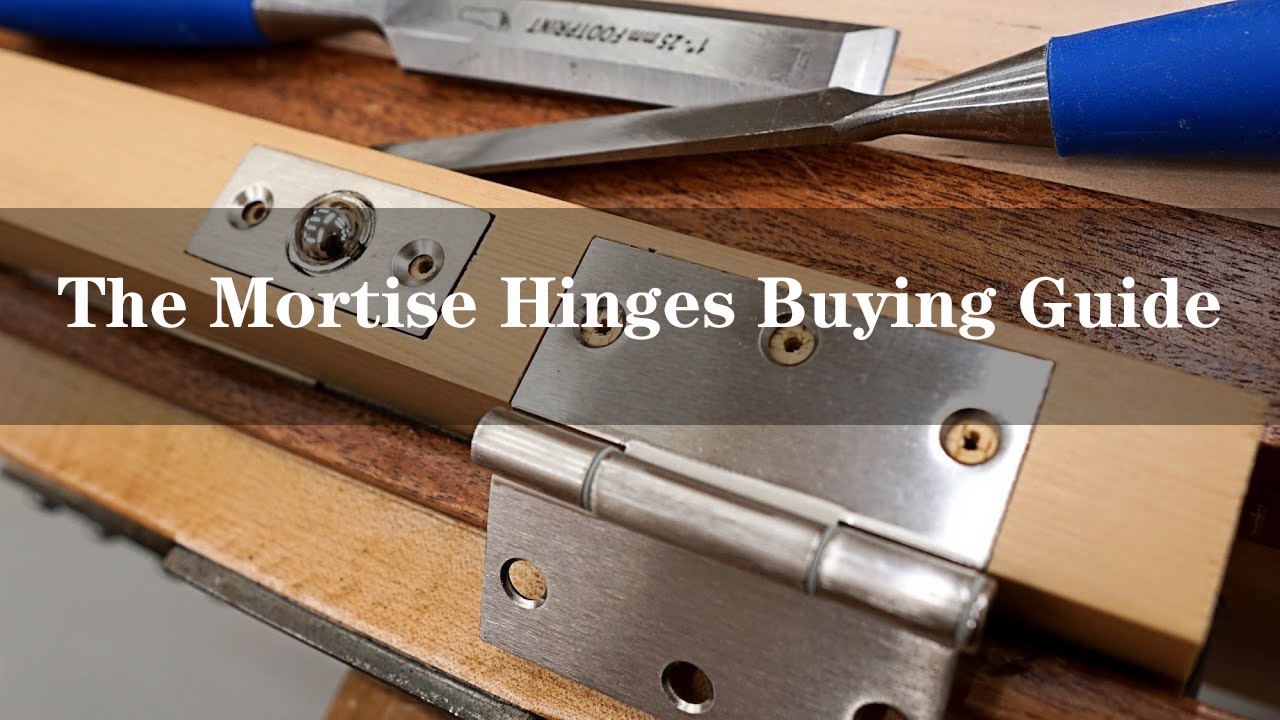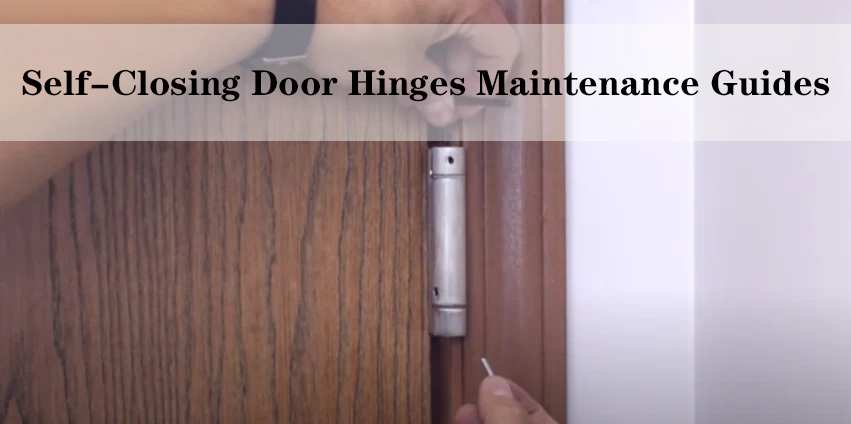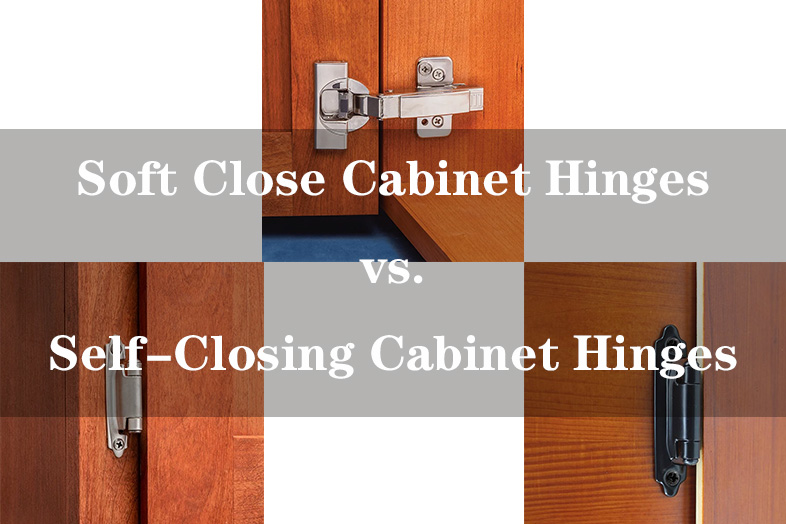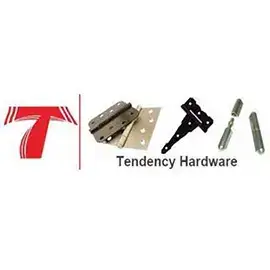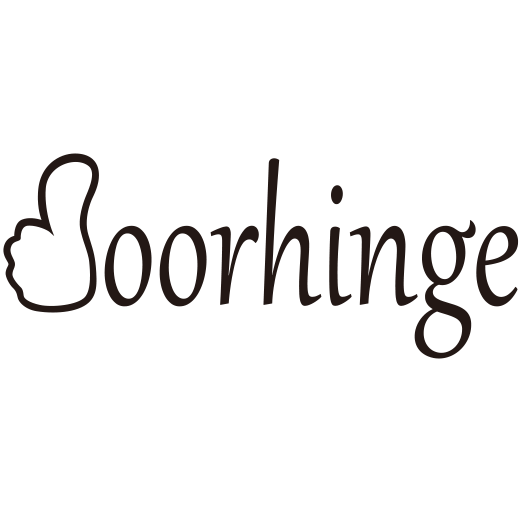Welcome to our comprehensive guide on selecting the perfect butt hinges for your needs. Whether you’re a DIY enthusiast, a professional carpenter, or someone embarking on home improvements, understanding the nuances of butt hinges is crucial for ensuring durability, functionality, and aesthetic appeal in your projects. Let’s dive in!
1. Understanding Butt Hinges: A Detailed Overview
To fully grasp the importance and functionality of butt hinges, let’s delve deeper into their design and application. Butt hinges are a fundamental yet often overlooked component in many carpentry and construction projects.
The Basic Structure: As mentioned, a butt hinge typically comprises two identical leaves or rectangular metal plates. These leaves are joined together by a central pin or rod, known as the pivot. When installed, one leaf is attached to the moving part (such as a door), and the other is fixed to the stationary frame (like a door jamb).
Design Variations: While the basic structure remains consistent, there are variations in the design of butt hinges to cater to different requirements. For instance, some have rounded corners for a softer look, while others maintain a sharp, angular profile. The knuckle of the hinge, which is the part housing the pin, can also vary in size and shape, affecting both the hinge’s appearance and its load-bearing capacity.
Recessed Installation: One of the key features of butt hinges is their recessed installation. This involves creating a mortise – a cutout or recess – in both the door and frame into which the hinge is fitted. This design ensures that, when the door is closed, the hinge is flush with the surface, providing a neat, streamlined appearance. This type of installation not only enhances the visual appeal but also offers a measure of protection to the hinge, reducing exposure to environmental elements or potential tampering.
Applications and Versatility: Butt hinges are versatile and found in a myriad of settings. From residential doors, cabinet doors in kitchens and bathrooms, to commercial settings and even in some furniture, their application is widespread. Their simplicity and reliability make them a go-to choice for many builders and designers.
Adjustability: Some modern butt hinges offer a degree of adjustability. This feature allows for minor adjustments in alignment after installation, which can be crucial for achieving a perfect fit and smooth operation, especially in custom cabinetry or precision-required settings.
Historical and Contemporary Use: Historically, butt hinges have been in use for centuries, evolving from crude iron forgings to today’s sophisticated, precision-engineered products. Modern manufacturing techniques have allowed for a vast range of sizes, strengths, and finishes, making them suitable for almost any application in contemporary construction and design.
2. Material Matters: Choosing the Right Metal
When it comes to selecting butt hinges, the material you choose plays a pivotal role in both the functionality and the aesthetic appeal of the hinge. Let’s delve deeper into the three primary metals used for butt hinges and their specific advantages:
Stainless Steel
Rust-Resistance: The most significant advantage of stainless steel hinges is their ability to resist corrosion and rust. This makes them an ideal choice for areas exposed to moisture, such as bathrooms, kitchens, and outdoor settings.
Strength and Durability: Stainless steel is known for its strength, making these hinges capable of supporting heavy doors without warping or breaking.
Aesthetic Versatility: Available in various finishes, stainless steel hinges can range from a brushed look that’s perfect for a modern appearance to a polished finish for a more traditional setting.
Low Maintenance: These hinges require minimal upkeep, retaining their appearance and functionality over time with little more than basic cleaning.
Brass
Elegant Appearance: Brass hinges are renowned for their classic, sophisticated appearance. They bring a touch of elegance and a warm tone to any interior.
Tarnish Resistance: While brass can develop a patina over time, high-quality brass hinges are often coated to resist tarnishing, maintaining their sheen for longer.
Versatility in Design: Brass hinges come in a range of styles, from the traditional to the contemporary, making them suitable for various interior designs.
Acoustic Properties: Interestingly, brass hinges tend to operate more quietly than their steel counterparts, a subtle but appreciated feature in tranquil home environments.
Iron
Robustness for Heavy Doors: Iron hinges are exceptionally strong, making them the go-to choice for supporting heavy or oversized doors, such as those made from solid wood.
Rustic Charm: These hinges often feature a more rustic or antique look, which can add character to country-style homes or historical renovations.
Security: The inherent strength of iron also translates to increased security, a vital consideration for exterior doors.
Customizability: For those looking for a unique touch, iron hinges can be crafted in bespoke designs and shapes, offering a personalized aesthetic.
3. Size and Weight Considerations: Ensuring the Perfect Fit
When it comes to selecting the right butt hinges, size and weight considerations are paramount. The general guideline is that the hinge’s width should be approximately half the width of the door. However, this can vary based on the door’s design and material. For instance, a wider hinge might be necessary for doors with a thicker or more ornate design.
For standard interior doors, a hinge width of 3 to 4 inches is usually sufficient. However, for larger, heavier doors, such as entry doors or those made from solid wood, consider hinges that are at least 4 to 5 inches in width. These larger hinges distribute the door’s weight more evenly and reduce the strain on the hinge itself, thereby enhancing the door’s stability and preventing issues like sagging or misalignment over time.

Also, take into account the number of hinges required. Standard interior doors typically need three hinges, but heavier doors might require four or more to adequately support the additional weight. Ensuring the right size and number of hinges is crucial for the long-term functionality and integrity of the door.
4. Load Capacity: Balancing Weight and Durability
The load capacity of a hinge is a critical factor, especially for exterior doors or those made from heavy materials like solid wood. It’s essential to choose hinges that can support the weight of the door without sagging, bending, or breaking over time.
The load capacity is usually mentioned in the hinge specifications. For standard interior doors, most hinges are designed to support sufficient weight. However, for heavier doors, look for heavy-duty hinges specifically designed for high load-bearing capacity. These hinges are often made from reinforced materials and have a more robust construction, ensuring they can withstand the stress of supporting heavier doors.
When assessing load capacity, also consider environmental factors like wind for external doors. In windy areas, doors can experience additional force, requiring even stronger hinges. For high-traffic areas, like the main entrance, opting for hinges with a higher load capacity than the door’s actual weight can provide additional safety and durability.
5. Style and Finish: Complementing Your Decor
The aesthetic aspect of butt hinges is just as important as their functionality. These hinges come in a variety of finishes, allowing them to complement or enhance your decor. Polished brass hinges offer a classic and elegant look, suitable for traditional homes. For a more modern or minimalist aesthetic, chrome or matte black finishes are excellent choices. These finishes not only add to the visual appeal but also provide an additional layer of protection against corrosion and wear.
For a more subtle appearance, consider hinges that blend with the door’s color. Concealed or hidden hinges are an option for those who prefer a seamless look, as they are not visible when the door is closed. On the other hand, if you wish to make a statement, ornate hinges in finishes like antique brass or bronze can add a touch of character and sophistication to your space.
Also, consider the overall theme of the room or house. For example, in a coastal-themed home, brushed nickel or stainless steel hinges can complement the nautical vibe, while in a rustic setting, wrought iron hinges might be more appropriate.
6. Security Features
When it comes to external doors, prioritizing security is non-negotiable. Opt for hinges with enhanced security features such as non-removable pins or security studs. These components are crucial because they keep the door securely anchored, even if an intruder attempts to tamper with the hinge pins. Non-removable pins have a set screw that locks the pin to one leaf of the hinge, preventing removal. Security studs work differently; when the door is closed, these studs interlock with the opposite leaf, rendering the door immovable even if the hinge pin is removed. Additionally, consider hinges with thicker leaves and a higher gauge number, as they offer increased resistance to bending and tampering.
7. Ease of Installation

For DIY enthusiasts or those who prefer a hassle-free installation, the ease with which you can install the hinges is a significant factor. Look for hinges that are user-friendly in installation, featuring pre-drilled holes. These pre-drilled models save time and reduce the likelihood of errors during the installation process. Many such hinges also come with all the necessary hardware, including screws, which match the finish and size of the hinge, ensuring a consistent and professional look. Additionally, some hinges are available with template screws, making it easier to align and mount them correctly.
8. Maintenance and Durability
The longevity and upkeep of your hinges are critical considerations. Materials like brass and stainless steel are popular choices due to their low maintenance and high durability. Brass hinges, while sometimes more expensive, resist corrosion and are ideal for interior applications where style is as important as function. Stainless steel hinges are the go-to for high moisture or exterior environments due to their rust-resistant properties. On the other hand, iron hinges, while strong, are prone to rust and may require regular maintenance, such as lubrication and occasional painting, to prevent corrosion and ensure smooth operation over time.
9. Brand Reputation and Reviews
The brand’s reputation and customer feedback are invaluable sources of information. Established brands often guarantee quality and durability, but it’s important to dive into customer reviews and ratings to understand the product’s performance in real-life situations. Look for consistent patterns in reviews, noting any recurring issues or high praises. Pay attention to comments regarding the hinge’s wear over time, its resistance to environmental factors, and the manufacturer’s customer service. Remember, a reputable brand with positive reviews is more likely to offer reliable, high-quality hinges that meet or exceed industry standards.
10. Price Point
While budget is a key factor, it’s important to view your hinge purchase as an investment in your property. Cheaper options might save money upfront but could lead to higher costs in the long run due to replacements or security issues. Conversely, the most expensive option isn’t always synonymous with the best quality. Aim for a balance – seek out hinges that offer the best combination of the features you need at a price point that makes sense for your budget. Sometimes, spending a bit more on a well-reviewed, durable hinge can save you money and hassle over time.
Conclusion
Choosing the right butt hinges is an exercise in balancing functionality, security, aesthetic appeal, and durability. By considering these expanded factors, you’re empowered to make a well-informed decision that will enhance the overall functionality and style of your doors. The right hinge choice not only contributes to the seamless operation of your doors but also plays a subtle yet significant role in the long-term integrity and security of your space.










